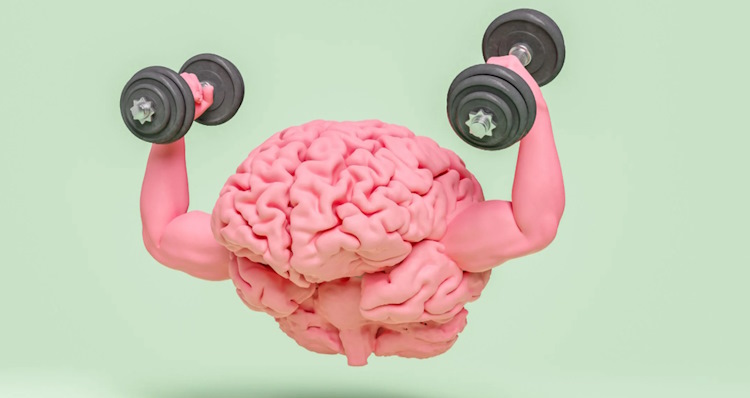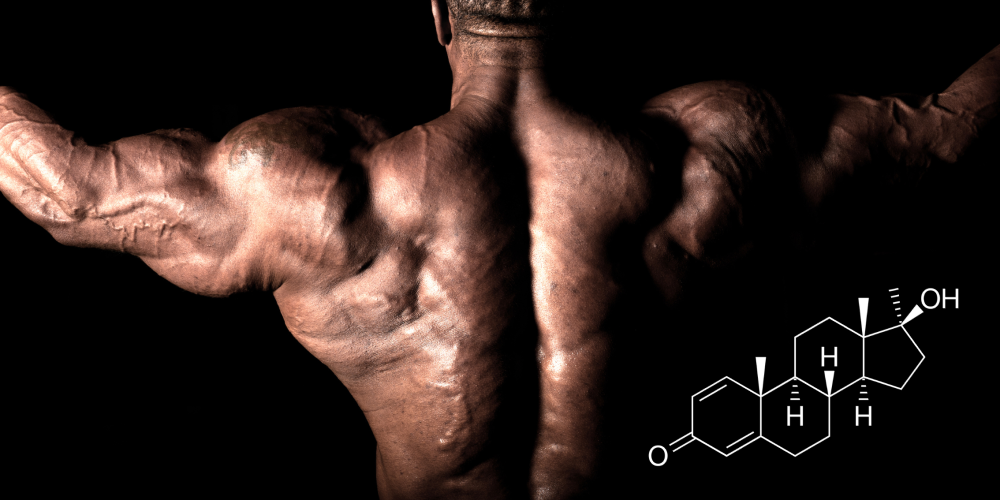To ice or not to ice? The truth about ice baths…
You’ve probably seen some athletes or fitness buffs jumping into a tub of ice-cold water after a hard workout. They say it helps them recover faster and feel better. But is that true? And is it safe for everyone? Here’s what you need to know about ice baths.
What are ice baths?
Ice baths are when you soak yourself in water that’s around 55 degrees for 10 to 15 minutes after you exercise. The idea is that the cold water will make your muscles less sore and more ready for the next workout. You should do it within two hours of finishing your exercise.
The use of ice baths can be traced back to ancient times, when people used natural sources of cold water such as rivers, lakes, and snow to treat various ailments and injuries. For example, the ancient Egyptians used cold water baths to treat fever and inflammation. The ancient Greeks and Romans also used cold water baths for hygiene and health reasons. Hippocrates, the father of medicine, recommended cold water baths for treating pain and swelling.
In more recent times, ice baths have been popularized by athletes and fitness enthusiasts who use them to recover from intense exercise. Some of the pioneers of this practice include:
- Wim Hof, also known as “The Iceman”, who is famous for his feats of endurance in extreme cold conditions. He claims that his method of breathing and cold exposure can boost immunity, energy, and mental health.
- Laird Hamilton, a legendary surfer who uses ice baths to recover from his big wave surfing sessions. He says that ice baths help him reduce inflammation, improve circulation, and enhance mood.
- LeBron James, one of the greatest basketball players of all time who uses ice baths to recover from his grueling games. He says that ice baths help him relax his muscles, prevent soreness, and prepare for the next game.
But why would you want to do that?
Well, when you exercise, you cause microscopic damage to your muscle fibers, which triggers inflammation and pain. This is normal and necessary for your muscles to adapt and grow stronger. However, too much inflammation and pain can interfere with your recovery and performance.
That’s where ice baths come in. The theory is that by exposing your muscles to cold water, you can reduce the inflammation and pain, and speed up the healing process. This way, you can recover faster and perform better in your next workout or competition.
What are the benefits of ice baths?
According to some experts, ice baths may have some potential benefits for muscle recovery and performance, such as:
- Easing sore and aching muscles by reducing nerve impulse transmission and inflammation. When you immerse yourself in cold water, you numb your nerves and constrict your blood vessels, which reduces the amount of pain signals and fluid that reach your muscles. This can make you feel less sore and stiff after a tough workout.
- Helping restore heart rate variability, which is a measure of cardiovascular health and stress response. When you exercise, your heart rate increases to deliver more oxygen and nutrients to your muscles. However, after you finish exercising, your heart rate should go back to normal quickly. This shows that your body can adapt to different levels of stress and demand. Heart rate variability (HRV) is the variation in the time intervals between consecutive heartbeats. A higher HRV means that your heart can adjust its rhythm more easily and efficiently. A lower HRV means that your heart is more rigid and less responsive. Ice baths can help restore HRV by stimulating the vagus nerve, which is responsible for regulating your heart rate and other bodily functions.
- Improving sleep quality and reducing fatigue by lowering body temperature. When you exercise, especially in hot or humid conditions, your body temperature rises to help you cool down through sweating. However, if your body temperature stays high for too long, it can disrupt your sleep quality and make you feel more tired. Ice baths can help lower your body temperature by transferring heat from your skin to the water. This can help you fall asleep faster and sleep deeper, which is important for muscle recovery and performance.
- Enhancing psychological well-being and motivation by creating a sense of accomplishment and resilience. Taking an ice bath is not easy or comfortable. It takes a lot of mental strength and willpower to endure the cold water for several minutes. However, if you manage to do it, you may feel proud of yourself and more confident in your abilities. You may also feel more motivated to keep working hard and improving yourself. Ice baths can also boost your mood by releasing endorphins, which are natural chemicals that make you feel happy and relaxed.
What are the risks of ice baths?
Ice baths are not harmful for most people, but they may have some drawbacks or side effects, such as:
- Causing discomfort, pain, or numbness in your skin and muscles. While some people may enjoy the sensation of cold water on their skin, others may find it unbearable or even painful.
- Cold water can cause numbness or tingling, which may affect your sense of touch or movement.
- Cutting off blood flow and oxygen delivery to your muscles, which may impair muscle adaptation and growth.
While reducing inflammation and pain may sound good, it may also have some negative consequences for your muscles. Inflammation is part of the healing process that helps repair the muscle damage caused by exercise. By reducing inflammation with cold water, you may also reduce the amount of blood flow and oxygen that reach your muscles, which are essential for muscle growth and adaptation. Some studies have shown that ice baths can reduce muscle protein synthesis (the process of building new muscle fibers) and satellite cell activity (the process of creating new muscle cells) after exercise.
- Increasing the risk of infection or hypothermia if you have open wounds or circulation problems.
If you have any cuts, scrapes, or blisters on your skin, you should avoid ice baths because they can increase the chance of getting an infection from the water or the ice. You should also be careful if you have any circulation issues, such as Raynaud’s disease or diabetes, because they can make your blood vessels more sensitive to cold and cause tissue damage or frostbite.
- Ice baths can also lower your core body temperature too much and cause hypothermia, which is a dangerous condition that can affect your breathing, heart rate, and brain function. To prevent hypothermia, you should limit your ice bath time to 10 to 15 minutes and warm up gradually afterwards with dry clothes and blankets.
- Affecting hormonal balance and immune function by altering the stress response.
When you take an ice bath, you expose your body to a physical stressor that triggers a cascade of hormonal and immune responses. Some of these responses may be beneficial, such as releasing endorphins and adrenaline, which can make you feel good and energized.
However, some of these responses may be harmful, such as increasing cortisol and suppressing testosterone, which can affect your muscle growth and recovery. Ice baths can also affect your immune system by either stimulating or suppressing it, depending on the duration and frequency of the exposure. This can have implications for your susceptibility to infections and illnesses.
What does the research say?
The scientific evidence on ice baths is mixed and inconclusive. Some studies have found minor positive effects, some have found no effects, and some have found negative effects on muscle recovery and performance.
One of the most recent and controversial studies was published in 2017 by researchers from Queensland University of Technology in Australia. They compared the effects of ice baths, active recovery (such as low-intensity exercise), and placebo (such as warm water with skin cleanser) on muscle strength after resistance training in nine young men.
They found that ice baths were no better than active recovery or placebo for restoring muscle strength over a 48-hour period. They also found that ice baths reduced muscle protein synthesis and satellite cell activity, which are important for muscle growth and adaptation.
However, this study had some limitations that may affect its validity and generalizability. For example, the sample size was very small and only included young men who were doing resistance training two to three days a week. The ice bath temperature was also higher than usual (15 degrees) and the duration was shorter than usual (10 minutes). The researchers also did not measure other outcomes, such as muscle soreness, inflammation, heart rate variability, sleep quality, mood, or motivation.
Therefore, more research and larger studies are needed to determine the optimal conditions and outcomes of ice baths for different types of exercise and athletes.
Conclusion
Ice baths are a common practice among athletes and fitness enthusiasts who want to bounce back faster and do better. However, the scientific evidence on their effectiveness is not solid and reliable. Ice baths may have some benefits for easing sore muscles and improving psychological well-being, but they may also have some risks for impairing muscle adaptation and affecting hormonal balance. Ice baths are not for everyone, especially those with open wounds or circulation issues. If you decide to try ice baths, make sure you do it safely and check with your doctor if you have any health issues or worries.









